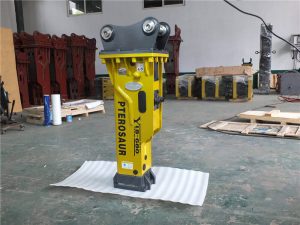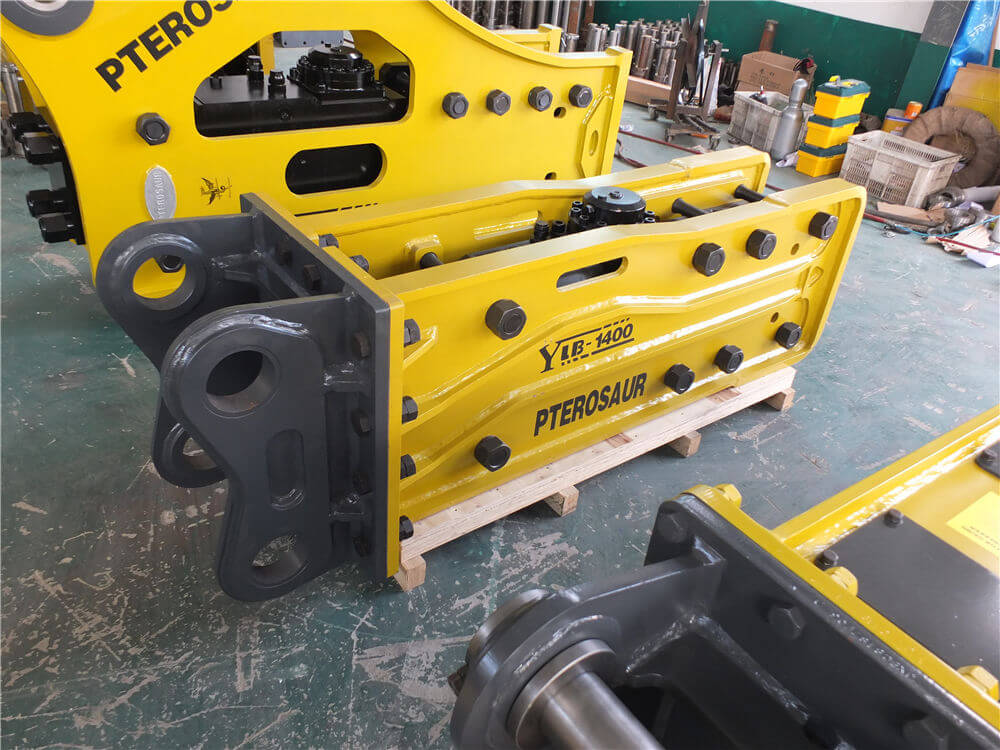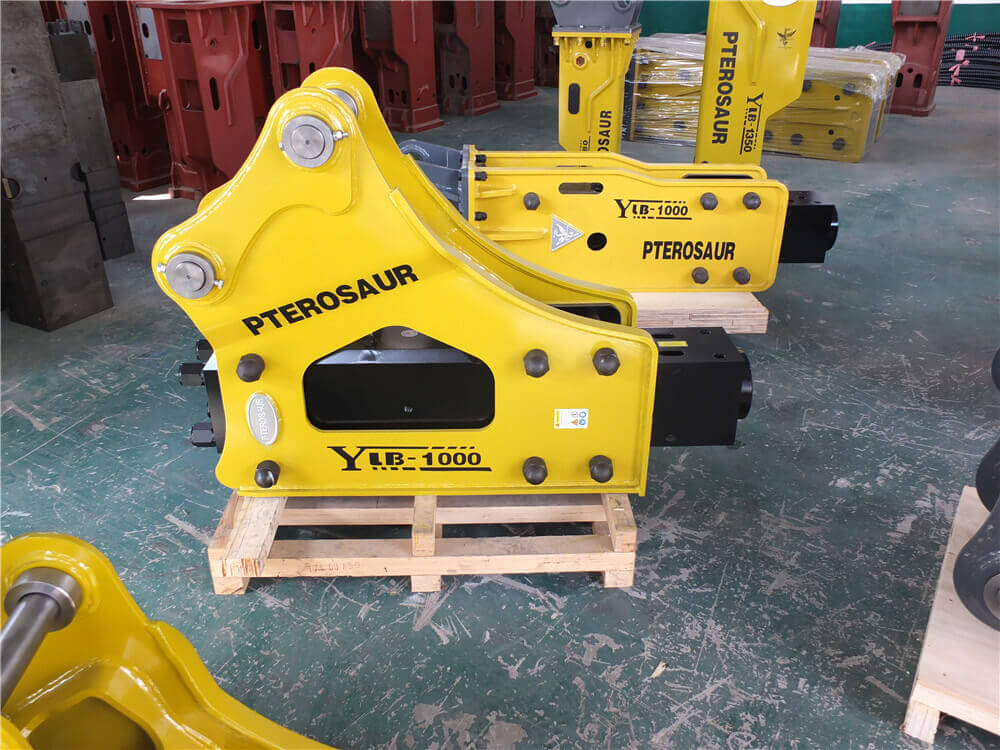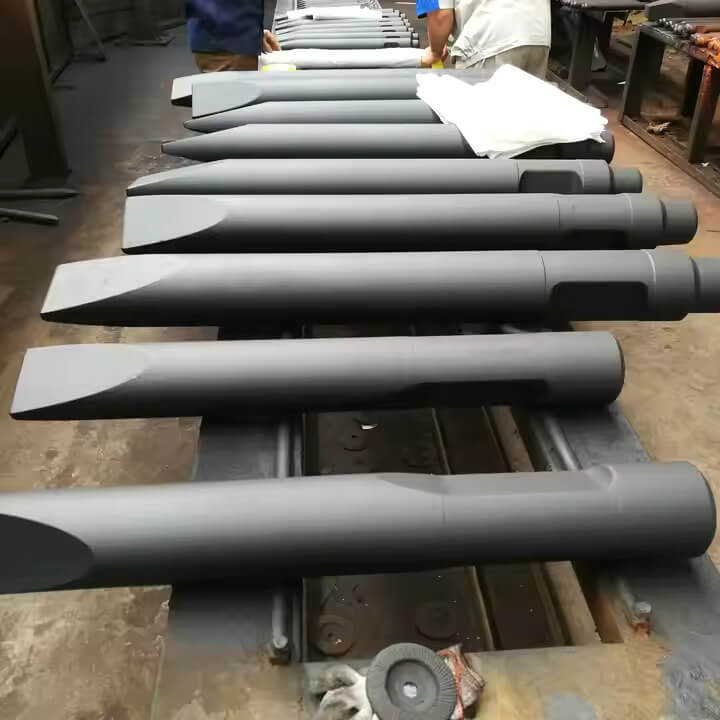The Ultimate Guide to Choosing the Best Demolition Hammer for Digging
When it comes to excavation projects, particularly for digging basements, selecting the right tools is crucial. The demolition hammer, especially when used in conjunction with an excavator, can significantly enhance your efficiency and effectiveness on the job site. This guide will help you understand the various aspects of demolition hammers, including their types, features, and best practices for usage.
Understanding Demolition Hammers
Demolition hammers, often referred to as hydraulic hammers, are powerful attachments for excavators that enable them to break, crush, and shatter hard materials. These tools leverage hydraulic power to deliver high-impact energy, making them essential for heavy-duty tasks such as digging and trenching.
Key Features to Consider
- Impact Mechanism: The performance of a demolition hammer is largely determined by its impact mechanism. The two primary factors to consider are:
- Impact Energy: This indicates the amount of energy delivered to penetrate various materials. A higher impact energy is essential for tackling tougher materials like concrete or rock.
-
Weight and Ergonomics: The weight of the hammer affects not only its performance but also its ease of use. Heavier hammers tend to provide more impact energy but can be more challenging to maneuver.
-
Hydraulic Power: When selecting a hammer for your excavator, it’s vital to ensure that the hydraulic system is compatible with the hammer. A mini excavator jackhammer, for instance, can provide an invaluable solution for smaller digging jobs, but proper hydraulic flow is necessary.
-
Size and Compatibility: The size of the hammer should be appropriate for the excavator being used. A mismatch can lead to inefficiency or even damage to the equipment. For instance, using a hammer that is too large for a mini excavator can strain its hydraulics and reduce overall performance.
Best Practices for Using Demolition Hammers
1. Safety First
Before operating a demolition hammer, ensure you are familiar with safety protocols. This includes wearing appropriate protective gear and ensuring the work area is clear of bystanders.
2. Proper Technique
The effectiveness of a demolition hammer is significantly influenced by the technique used during operation. Here are some tips:
– Maintain a Steady Pace: Use a consistent rhythm when hammering to maximize efficiency.
– Adjust Positioning: Always position the hammer correctly on the material being broken. This ensures even wear and optimal impact.
3. Choose the Right Hammer for the Job
Not every demolition hammer is suitable for every application. For example, if you are working on a project that involves digging a basement, such as excavating through limestone or concrete, ensure you select a hammer with sufficient impact energy and the right size.
Conclusion
In conclusion, selecting the best demolition hammer for digging requires careful consideration of several factors, including impact energy, weight, and compatibility with your excavator. By understanding the mechanics of these powerful tools and adhering to best practices, you can significantly enhance your excavation efficiency and achieve better results on your projects.
For those looking to rent equipment, options like the Komatsu PC200LC-8 excavator are available, starting at approximately $600 per day, making it a practical choice for contractors needing reliable machinery for their demolition and excavation tasks.
By following this guide, you’ll be well-equipped to choose the right demolition hammer and execute your digging projects with confidence and safety. Whether you’re a seasoned professional or a DIY enthusiast, understanding these tools can make all the difference in your excavation success.




































